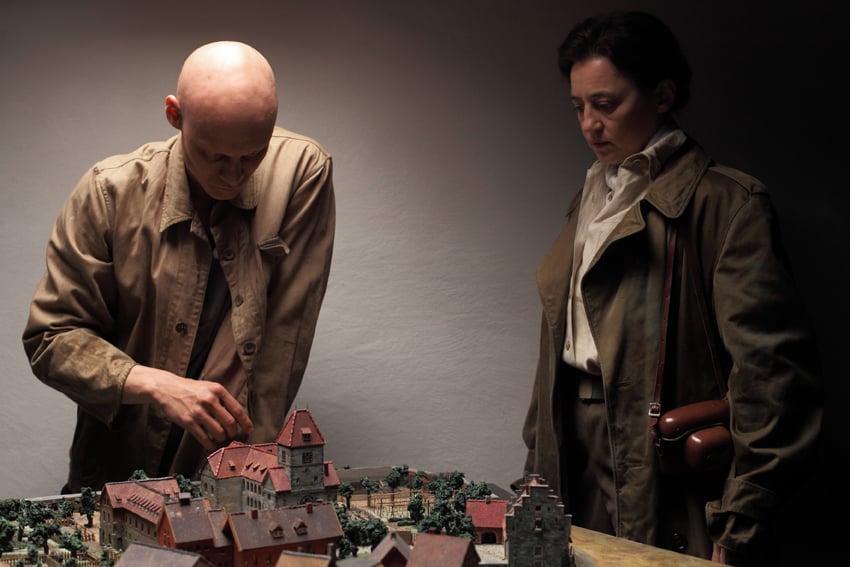John Heartfield and Silvio Berlusconi
2009 - Drawing & Print (Drawing & Print)
240 x 140 cm
Thomas Kilpper
These two images come from the series called “State of Control” which Kilpper made in the building formerly occupied by the Stasi in Berlin. As a symbol of the past there could be none more powerful than this. By carving into its floor, Kilpper laid bare its history by making images of its occupants and political figures associated with that period of history. Willy Brandt, Guenter Guillaume and Dietrich Sperling reminds us of all the intrigue of the Cold War when Brandt’s secretary Guillaume was passing secrets at the highest level to the East. Seen whispering in Brandt’s ear, he is perceived to be feeding false information. Sperling was a minister in Brandt’s government. The photograph on which the image is based was taken at the height of Guillaume’s treachery and treasonous conduct. The image of John Heartfield standing behind Silvio Berlusconi is based on a photomontage of Heartfield with the President of the Berlin Police Karl Zoergiebel of 1929 thus bringing together Heartfield, one of the greatest and most vivid critics of the Nazi era and manipulator of images through collage, with Berlusconi, one of the most rightwing, but freely elected leaders in Europe who manipulates the news and images through his media empire. These images are large scale and have a dramatic impact. In his use of woodcut, Kilpper’s work resonates with the large scale woodcuts of Christiane Baumgartner already in the collection.
Thomas Kilpper’s work engages with history and politics in a manner that recalls the 1960s in terms of his committed engagement. Typically Kilpper takes over a building and investigates its history, carving into the floor to make woodcuts which he then prints on a large scale onto fabric that floats free when he hangs it. In The Ring , a project he made in London in 2000, and of which the Tate bought a substantial part, he investigated the history of the area in which the building of the Tate was situated, making images connected with boxing (the site had previously housed a well known boxing ring), the Ministry of Defense (which had a secret printing press in the building) and Tate Modern (that was about to open around the corner). In Drowning Hercules he used bits of wood from Riddell House, a building about to be demolished to build an oversized tree which he located in the defunct swimming pool. Kilpper’s strategy is to work with buildings condemned for demolition and to use only materials he finds on site to make art. In that respect his work engages with the art of Gordon Matta-Clark but by inscribing himself into the building, rather than simply cutting it up, he puts forward a different point of view. He has no studio, is constantly on the move and starts each project from scratch. Research is a fundamental tool of his practice and the result is normally an artistic intervention into politics and history. Thus Kilpper combines a strong conceptual basis with considerable technical skill in making images that have dramatic impact and presence. Thomas Kilpper was born in Stuttgart, Germany, in 1956. He lives and works in Berlin.
Colors:
Related works featuring themes of: » German
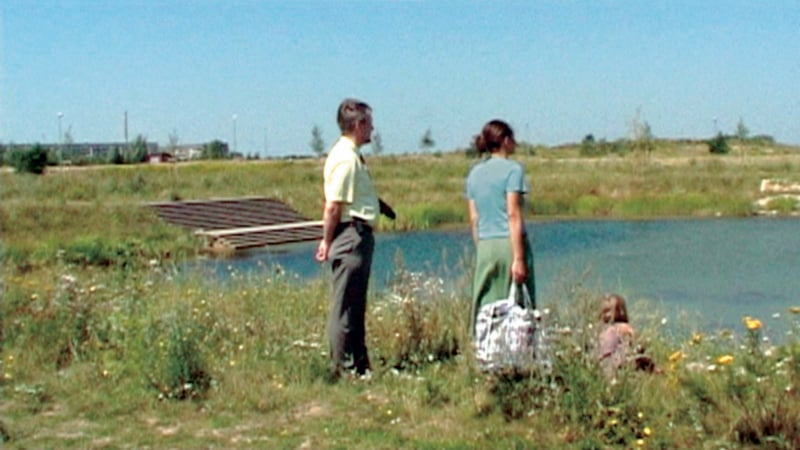
© » KADIST
Clemens von Wedemeyer
2004Die Siedlung is a filmic documentary about the recent shift in housing developments in Leipzig-Grünau in former East Germany and its consequences on some inhabitants...

© » KADIST
Annette Kelm
2013Percent for Art is seemingly concerned with “art enrichment” by state or city arts agencies role in it, managing the artist rosters, maintaining public art collections, commissioning artworks, selecting installation sites, among other things for aesthetic and cultural enhancement in both public and private real estate developments...

© » KADIST
Ulla von Brandenburg
2007Eight opens with a close up of a painting by Hubert Robert of the Chateau de Chamarande where the film was shot...
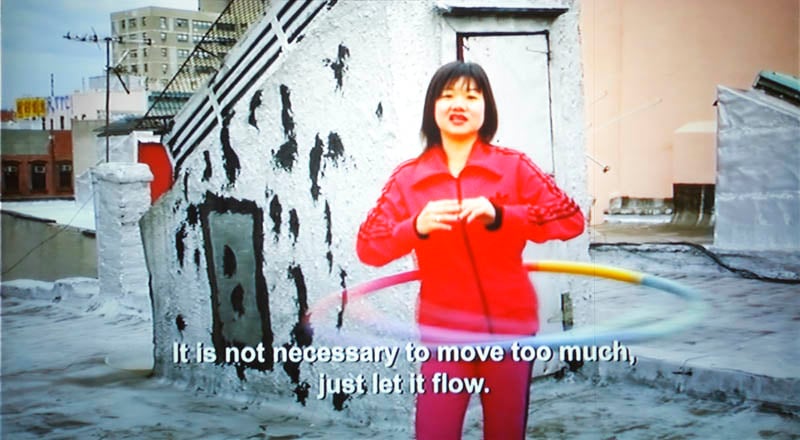
© » KADIST
Christian Jankowski
2008In New York City’s Chinatown, subject Suat Ling Chua’s morning exercise is to practice the hula hoop...

© » KADIST
Clemens von Wedemeyer
2003Silberhöhe , directed at Halle, located in the former GDR (German Democratic Republic), is the name of a neighborhood on the outskirts of the city, which was built in the 70’s and could accommodate more 40,000 people...

© » KADIST
Annette Kelm
2014In Stilleben mid Zierlauch ( Still Life with Aluminum) Annette Kelm utilizes visual juxtaposition to bring together a gridded aluminum backdrop, a pot with a vaguely indigenous pattern on it, and two purple dandelions...

© » KADIST
Martin Kippenberger
19897″ Single ‘Pop In’ by Martin Kippenbergher consisting of a vinyl record and a unique artwork drawn by the artist on the record’s sleeve...
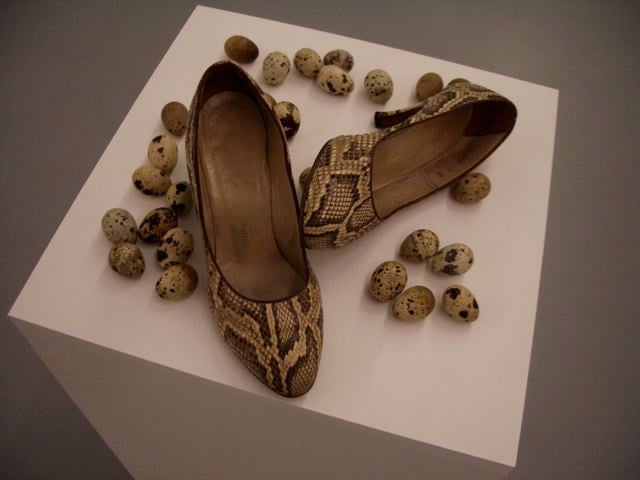
© » KADIST
Hans-Peter Feldmann
The types of objects Feldmann is interested in collecting into serial photographic grids or artist’s books are often also found in three dimensional installations...
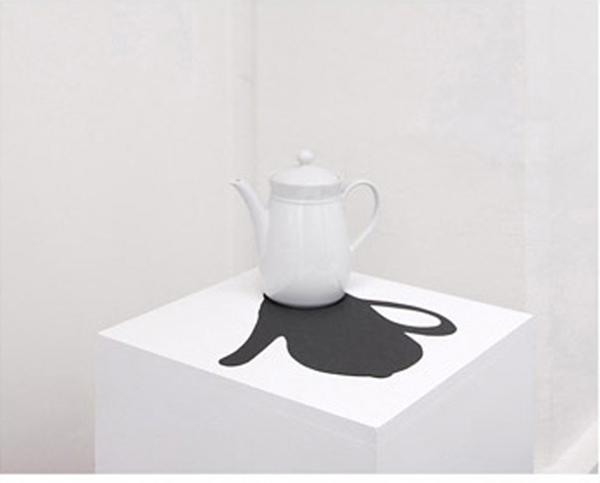
© » KADIST
Hans-Peter Feldmann
The types of objects Feldmann is interested in collecting into serial photographic grids or artist’s books are often also found in three dimensional installations...

© » KADIST
Hans-Peter Feldmann
The types of objects Feldmann is interested in collecting into serial photographic grids or artist’s books are often also found in three dimensional installations...
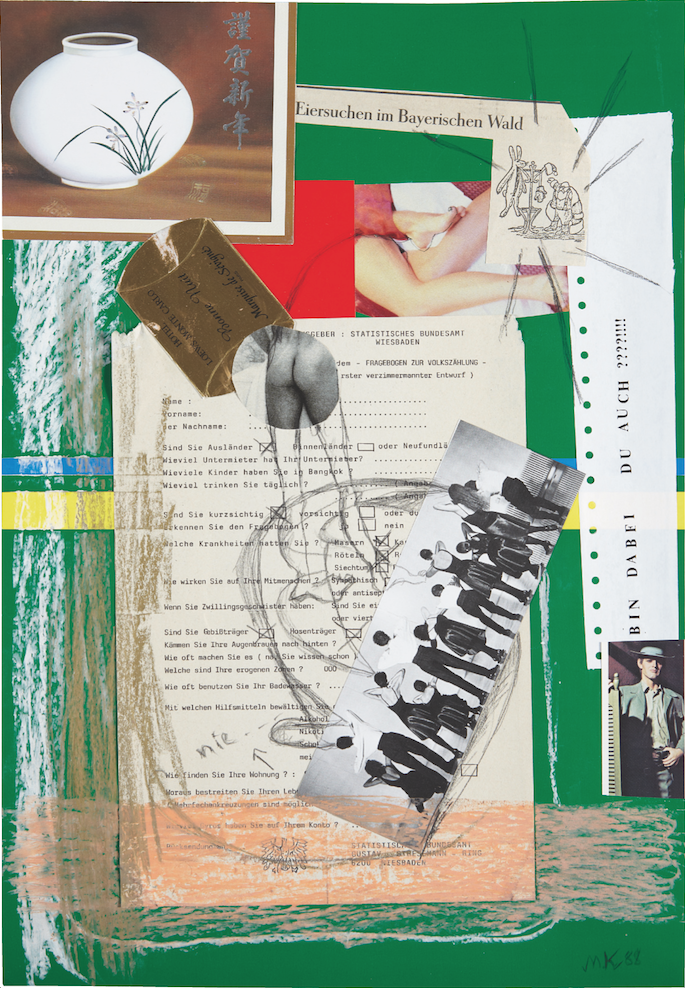
© » KADIST
Martin Kippenberger
1988Martin Kippenberger’s late collages are known for incorporating a wide range of materials, from polaroids and magazine clips to hotel stationery, decals, and graphite drawings...

© » KADIST
Martin Kippenberger
1989Untitled is a work on paper by Martin Kippenberger comprised of several seemingly disparate elements: cut-out images of a group of dancers, a japanese ceramic vase, and a pair of legs, are all combined with gestural, hand-drawn traces and additional elements such as a candy wrapper from a hotel in Monte Carlo and a statistical form from a federal government office in Wiesbaden, Germany...

© » KADIST
Kota Ezawa
2002The Simpson Verdict is a three-minute animation by Kota Ezawa that portrays the reading of the verdict during the OJ Simpson trial, known as the “most publicized” criminal trial in history...

© » KADIST
Wolfgang Tillmans
2017Wolfgang Tillmans initiated the ongoing series Faltenwurf in 1989, representing compositions of unused clothing, with special attention paid to the ways in which they drape and fold...

© » KADIST
Kota Ezawa
2014Paint and Unpaint is an animation by Kota Ezawa based on a scene from a popular 1951 film by Hans Namuth featuring Jackson Pollock...

© » KADIST
Kota Ezawa
2017The Crime of Art is an animation by Kota Ezawa that appropriates scenes from various popular Hollywood films featuring the theft of artworks: a Monet painting in The Thomas Crown Affair (1999), a Rembrandt in Entrapment (1999), a Cellini in How to Steal a Million (1966), and an emerald encrusted dagger in Topkapi (1964)...

